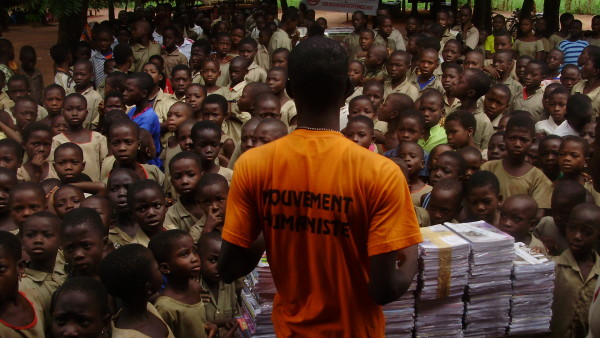South Africa – International Mother Language Day has come and gone, but to South African language activists it was just a show, formalising the good statute book of 11 official languages of the country, whereby some of these languages are still severely marginalised, especially indigenous languages. This might hold true across Africa.
By J.T. Jiyane
The gap is still very wide with regard to official languages of South Africa, except English and Afrikaans which are enjoying special status in private schools and in the corporate sector. When South African politicians, government employees and those in the corporate sector take their children to school they prefer private schools, and not government schools.
Those who take their children to government schools are the ones who are in majority indigenous people living under the breadline in townships and rural areas. However, at least indigenous languages in government schools are still being written and spoken, this positively exposes the cultural values of these languages and their speakers since South Africa is a diverse country indeed.
The most marginalised languages of the South are; isiNdebele, SiSwati and XiTsonga. the likes of isiZulu-IsiXhosa-SeSotho-SeTswana-Sepedi and Tshivenda are being developed and promoted in many ways. Whilst the other three languages mentioned above are as if being given a slow poison to commit then to a gradual death.
Pan South African Language Board (PANSALB) is the Act of Parliament instituted to develop and promote previously marginalised languages. But it is very difficult for it to have projects which will promote these home languages, let alone research projects as per each language, except that they look good and equal in the Constitution.
Again there is Media Development and Diversity Agency (MDDA) which is also an Act of Parliament, it carries the mandate of ensuring that these languages are promoted through community publications. Yet, we do not see very powerful community newspapers written in indigenous languages. All we see is a thin often confused publication written in so many languages.
While isiZulu is enjoying use in 100% of national indigenous newspapers like; Ilanga, Iso LeZwe, Um-Afrika, Ukhasi and Bayede. These are newspapers written in isiZulu and are very wealthy publications privately owned. This applies likewise to Afrikaans newspapers which are numerous both at national and community level with their own printing presses. Yet the majority of indigenous languages are suffering, but over and above all of this, as it happens, the two government agencies mentioned here get a good budget every year to promote these indigenous languages. When will the lesser languages see any benefit?
J.T. Jiyane is a Pressenza correspondent based in South Africa covering politics and socio-economics.










